Tools and Calculators
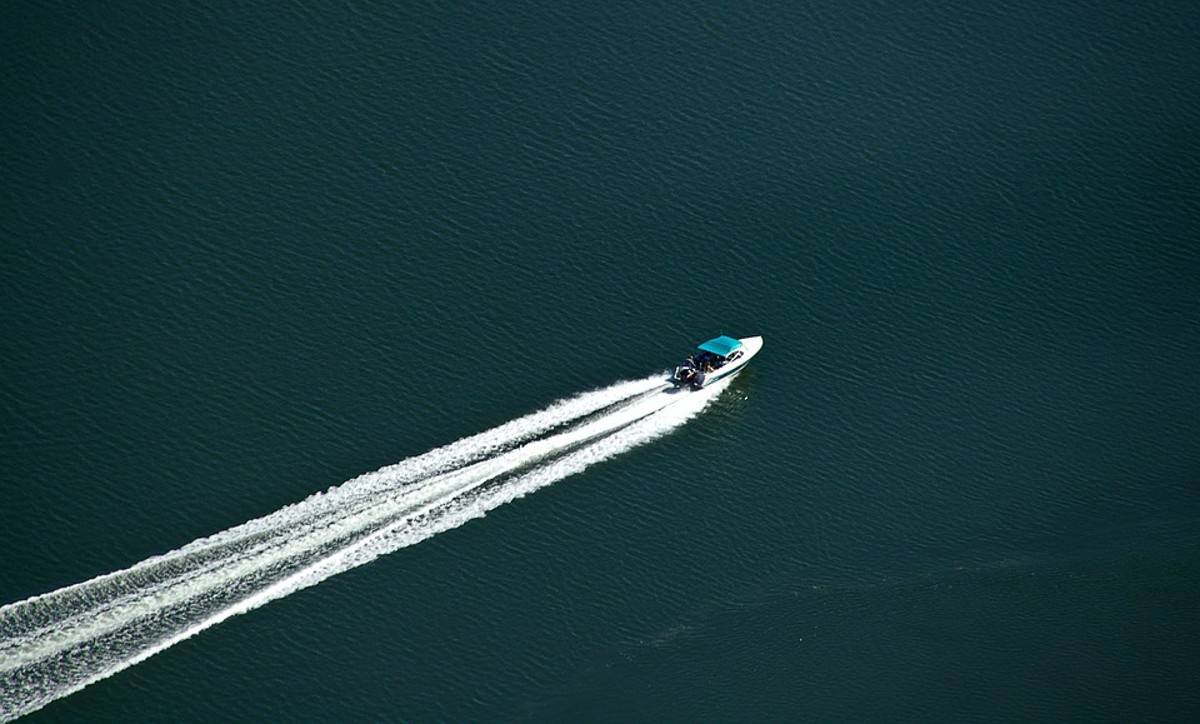
Boat Speed Calculator
Most of us want to know our boat’s top speed but don’t know how to calculate it. And, just as likely, we don’t think we need to. GPS is a good way to figure out your boat speed with no effort. It does all the work for you with just a glance. But it’s not…

Boat Distance Calculator
There are three important parts to planning any trip on a boat when it comes to the journey itself. How fast are you going, how long it’s going to take and how far are you going? You’ll never know when you’re going to arrive somewhere without those numbers. We have a handy boat speed calculator…
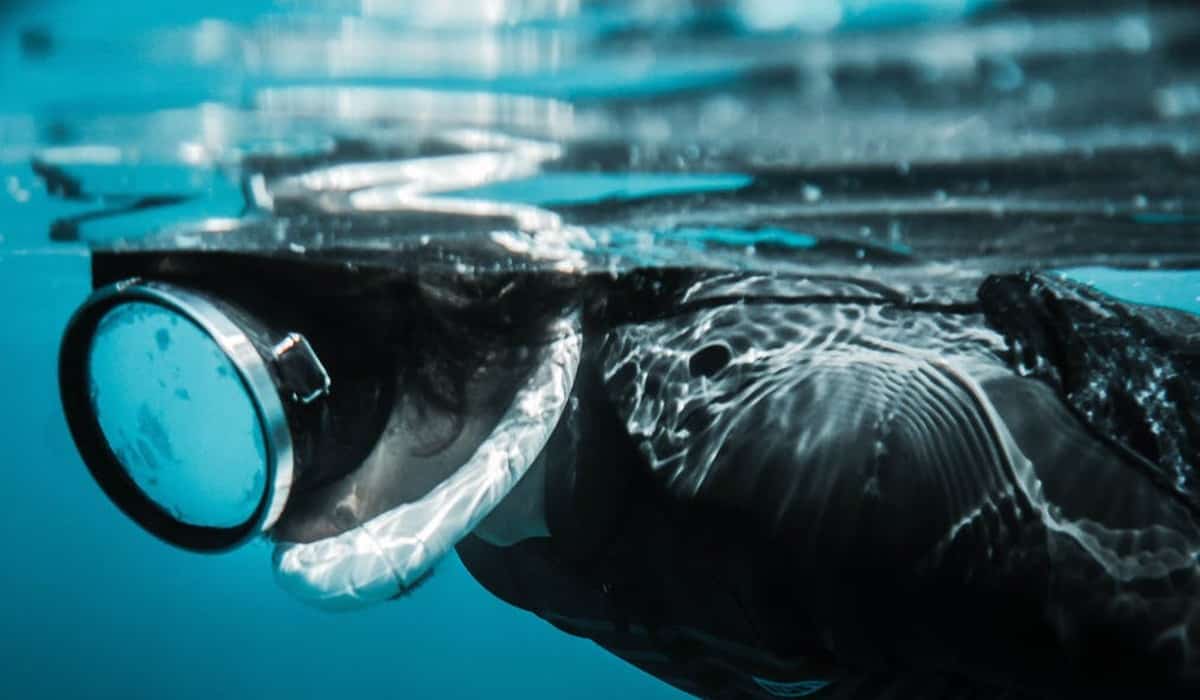
How Water Pressure Works: Water Pressure Calculator Included
Most of us know that the deeper you go under water, the greater the pressure. This is why divers need to be careful as they come back up from deep dives. The nitrogen that has built up in their bodies needs time to dissipate. If this doesn’t happen, it expands too quickly. This gives rise…

TVMDC Explained
TVMDC is a kind of acronym known as a mnemonic initialism. It’s an easy to remember abbreviation word. That means each letter in the acronym stands for the first word in a longer term. It stands for true heading, variation, magnetic heading, deviation, compass heading. Sometimes it will be called true variation magnetic deviation…
Distance, Speed, Time Worksheet
Coastal Navigation Course Chapter VI Distance, Speed, Time Worksheet Remember: Convert Minutes to Decimals (and back) and Round Answers Distance: Speed: Time: 1. 15.0 nm 8.6 1 hour 45 minutes = 1.75 hours Calculation: D ÷ T = S – 15.0 nm ÷ 1.75 hours = 8.57 kts 2. 12.5 nm 7 kts 1 hour 47…
Search MIC Database
You may remember reading in a past tip that the first three letters of the Hull Identification Number are a three letter code that identifies the manufacturer. To decipher the code and determine the manufacturer of a boat, click on the link “USCG Manuf. ID Code (MIC)” and you will find a page similar to…
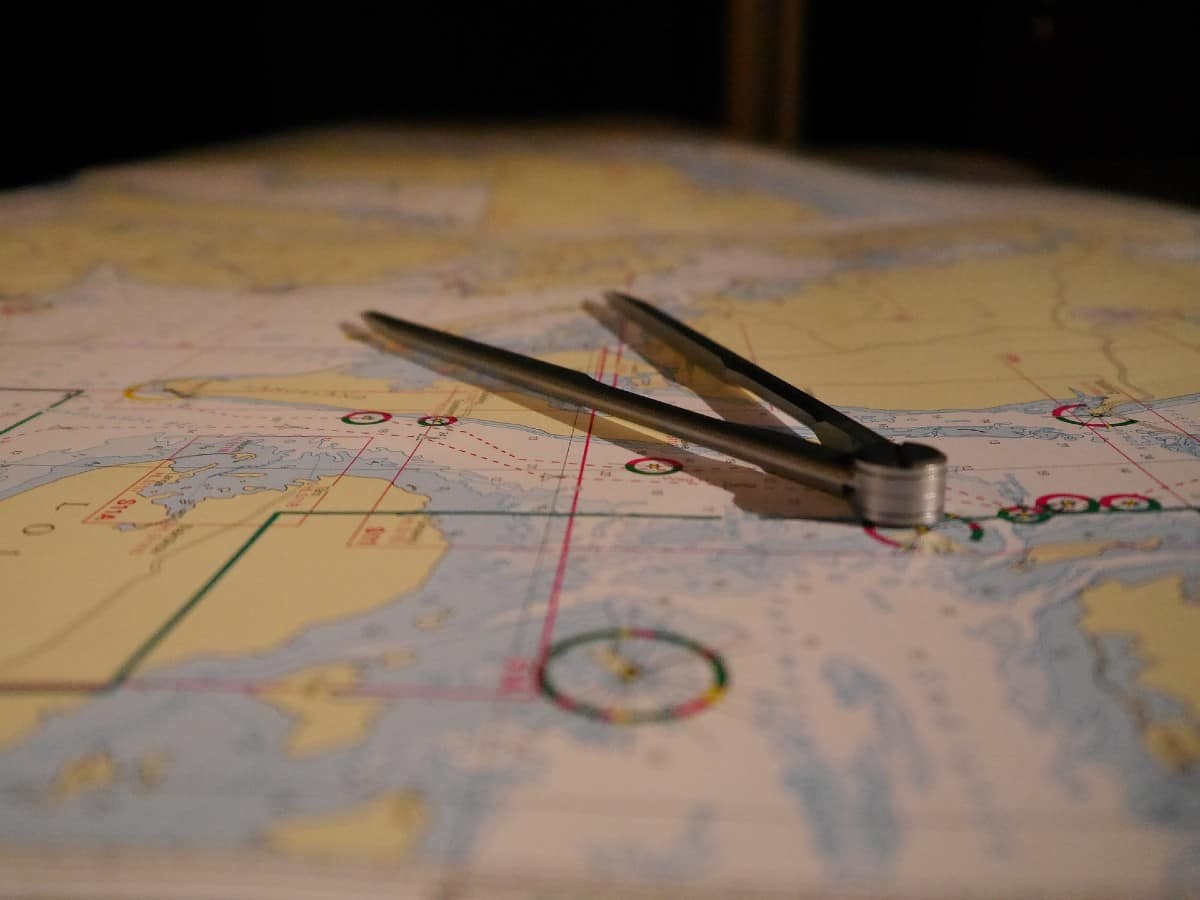
How to use dividers
Navigation Tools How to use dividers Using dividers and the latitude scale on your nautical chart, you are able to measure distance in nautical miles. (Remember, do not use longitudes to measure distance. Longitude lines converge at the poles and the distance between them changes relative to your position on the earth.) One minute equals…
How to use parallel rulers
How to use parallel rulers Parallel rulers are used to plot direction on your nautical chart. They are, essentially, two straight-edges hinged so that they maintain the same angle. By alternating the moving edge, and securely holding down the non-moving edge, you can move the rulers about the chart while still maintaining the same angle….
Swap Fathoms to Feet with Our Quick Conversion Calculator
Do you know how many feet are in a fathom? Our fathoms to feet calculator makes the conversion quick and easy. Convert Fathoms to Feet with Our Calculator The calculator is very straightforward. Simply type in the number of fathoms in the first calculator or feet in the second to convert from one to the…
Nautical And Statute Mile Calculator And Conversions
Statute Miles vs. Nautical Miles How to convert nautical miles to miles and miles to nautical miles: A statute mile is 5,280 feet in length. A nautical mile is 6,076.11549… feet in length. To convert from statute to nautical miles a factor of 1.15 is generally used, even though it is not precise. (5,280…

CHART SCALES
A nautical chart is far more in depth than a standard map. Nautical charts contain a lot of useful information. A typical map may just show you the distance from one place to another. Nautical maps and charts use NOAA data to show much more than distance. Whether they’re paper charts or electronic, they offer…
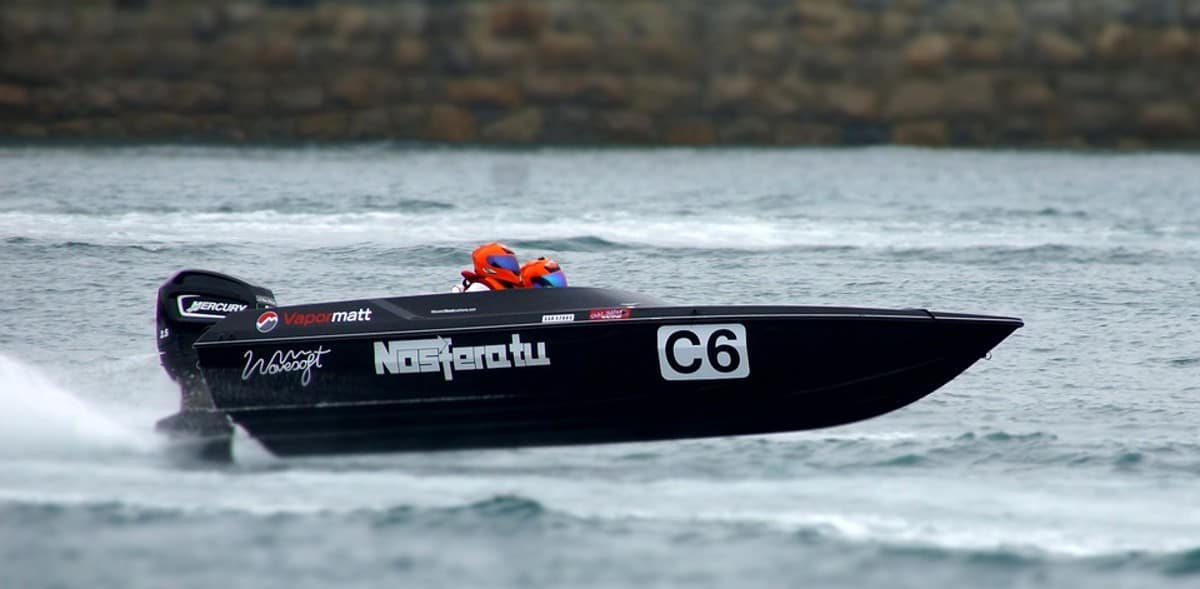
Hull Speed Calculator and Waterline Length
Waterline length is the length of the boat from bow to stern where it sits in the water. In other words, as it floats in the water, if you were to mark the point on the bow where the water touched and marked the point on the stern where the water touched and then…
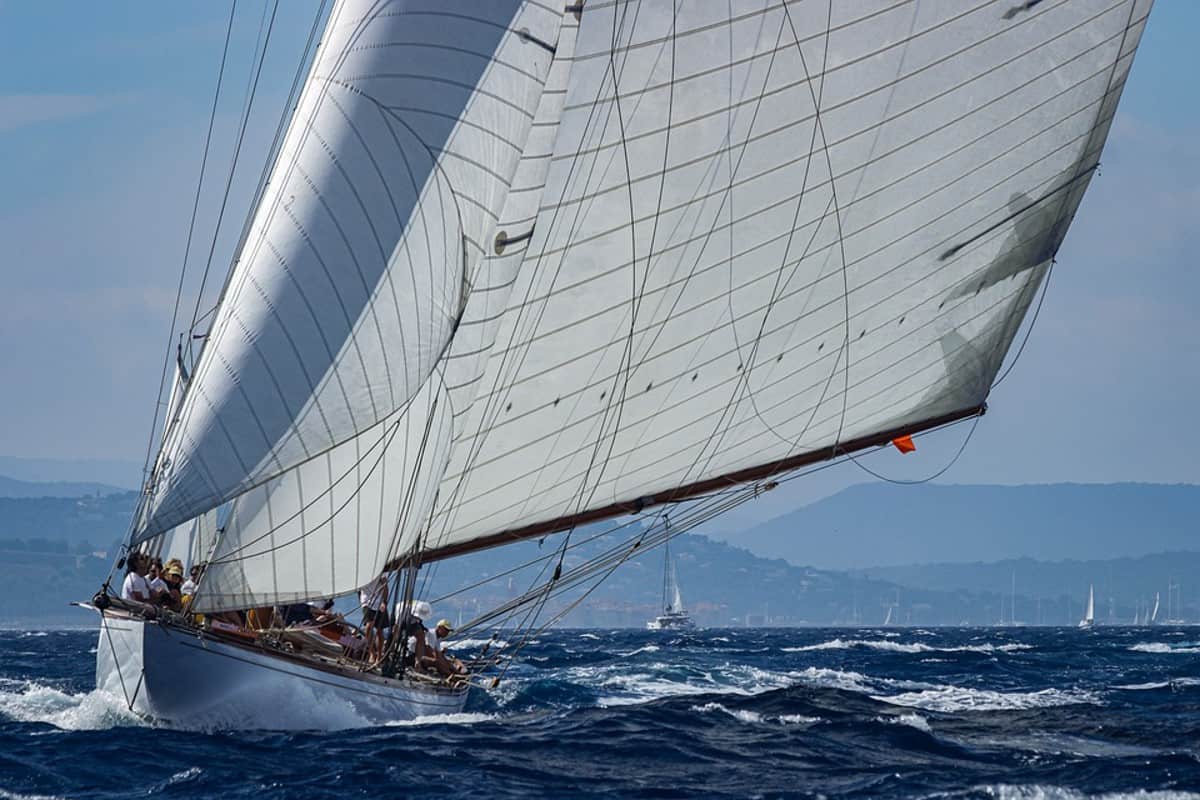
Knots to Miles Per Hour: Understanding Boat Speed
One of the hardest things for new boaters to understand is speed on the water. We’re very used to miles per hour on land. But on the water there are nautical miles and knots. How and why are they different? Let’s take a look. Calculating Knots to Miles Per Hour One knot equals roughly…
How are flat charts and maps made of our round planet?
Sailors need accurate charts to find their way around the seas. The trouble is, nobody can make a perfect chart because the earth is a large ball and charts are drawn on paper, which is flat. You need to know a few things before you can understand how this problem has been tackled, so here…

Estimating Time of Arrival
Some people don’t like to live by a schedule. They come and go whenever. Making a plan is often difficult with someone like this. You want to have dinner, and they come over whenever. If you’re serious about boating, this won’t work. You need to understand how to calculate an estimated time of arrival. Also,…
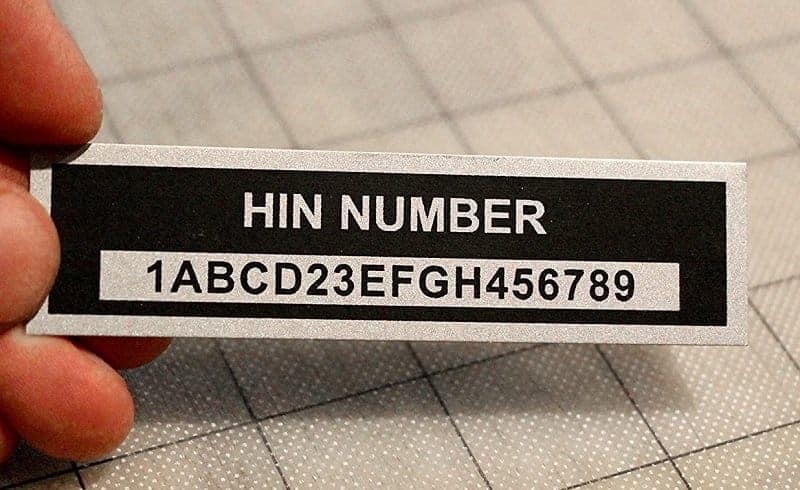
Hull ID Numbers: A Comprehensive Guide
Did you ever wonder what that strange series of letters and numbers on the transom of your boat are. Well, if you have taken the Nautical Know How course you know they are Hull Identification Numbers (HIN) and that they are required. But, what does a Hull Identification Number mean? What Is A HIN? All…


